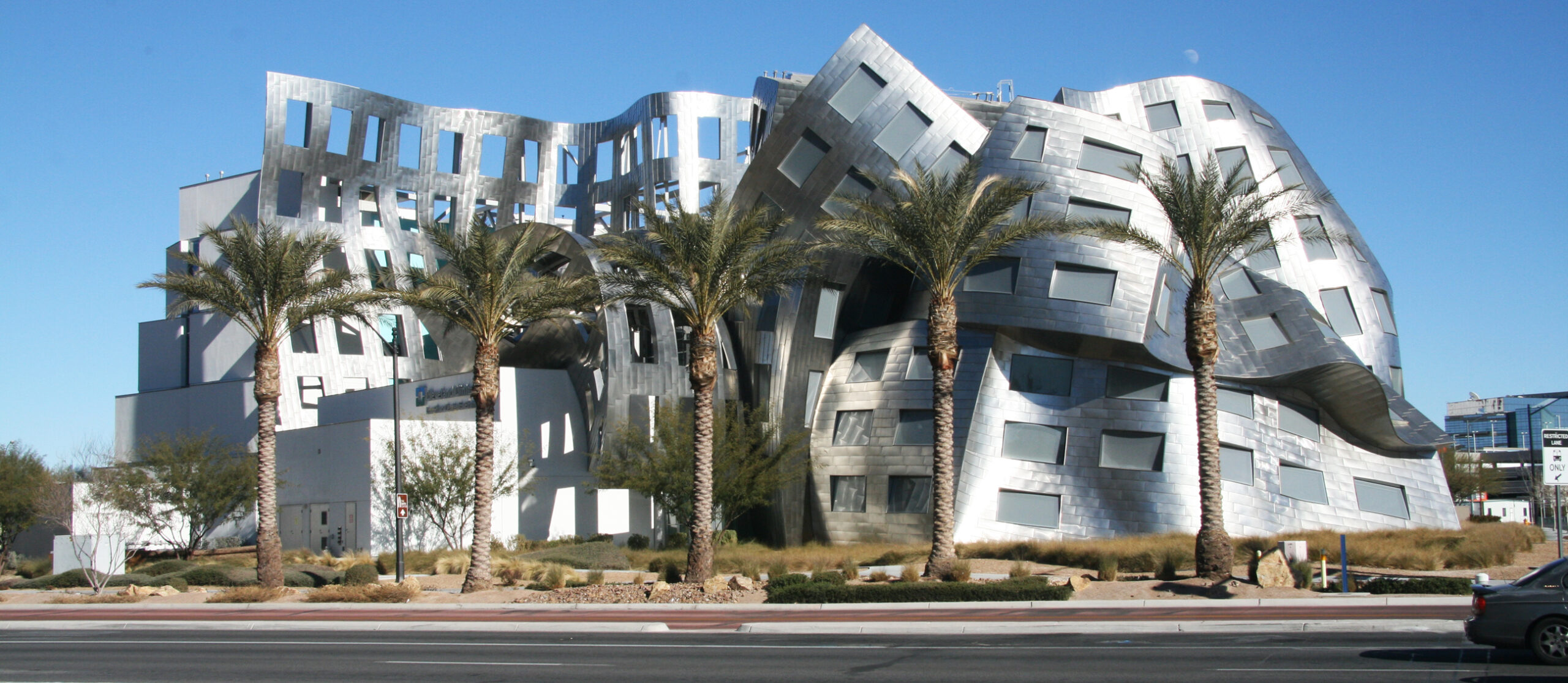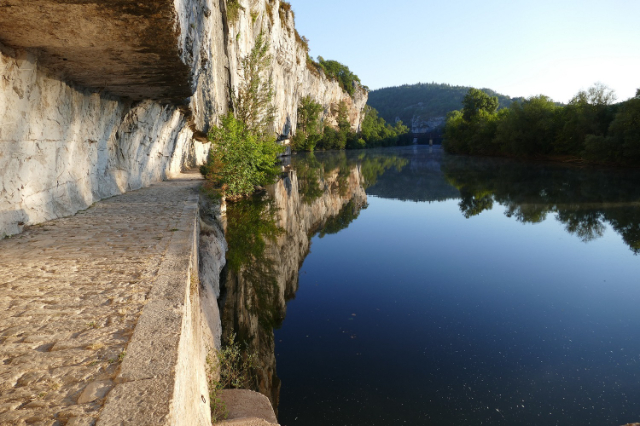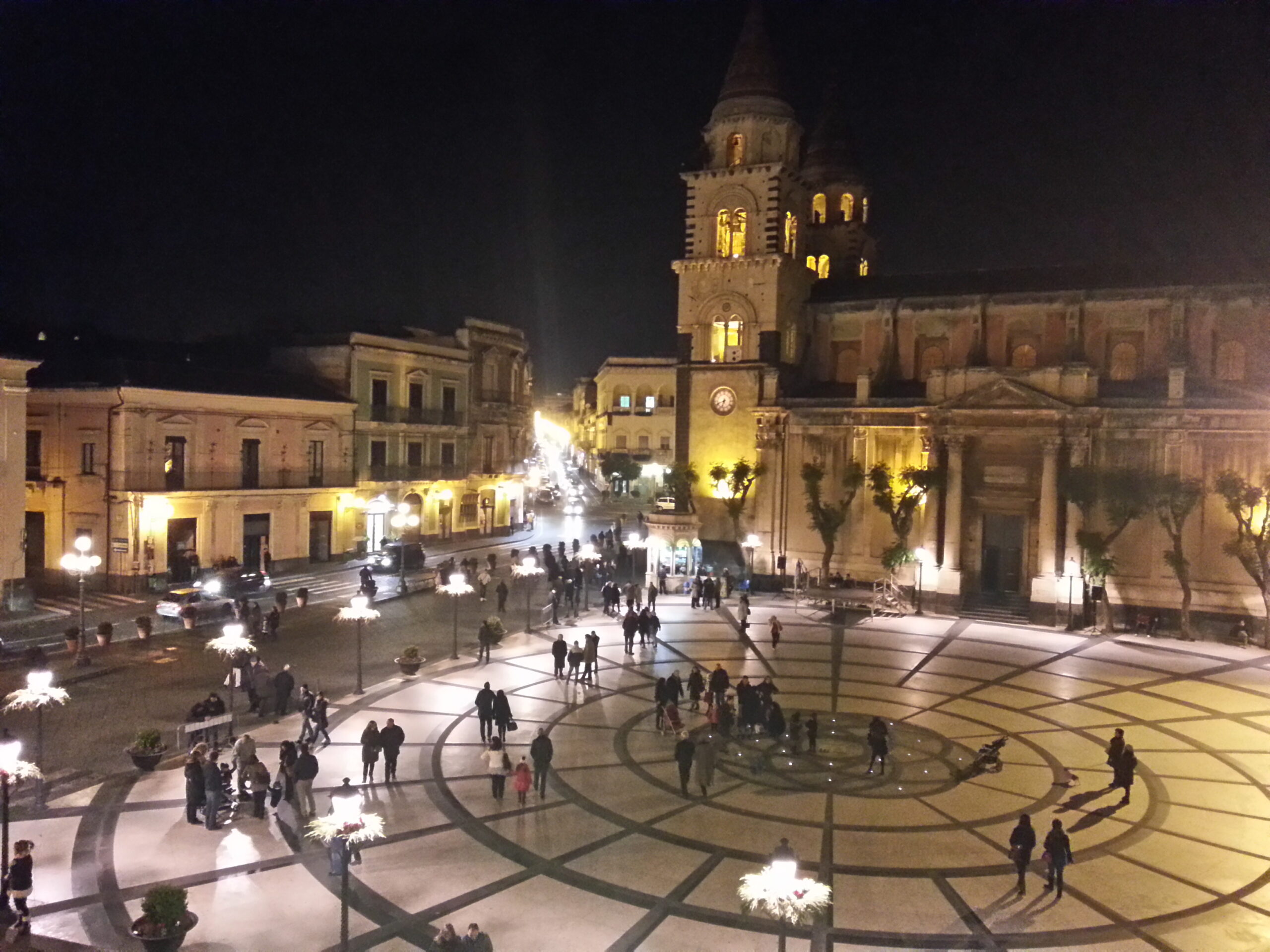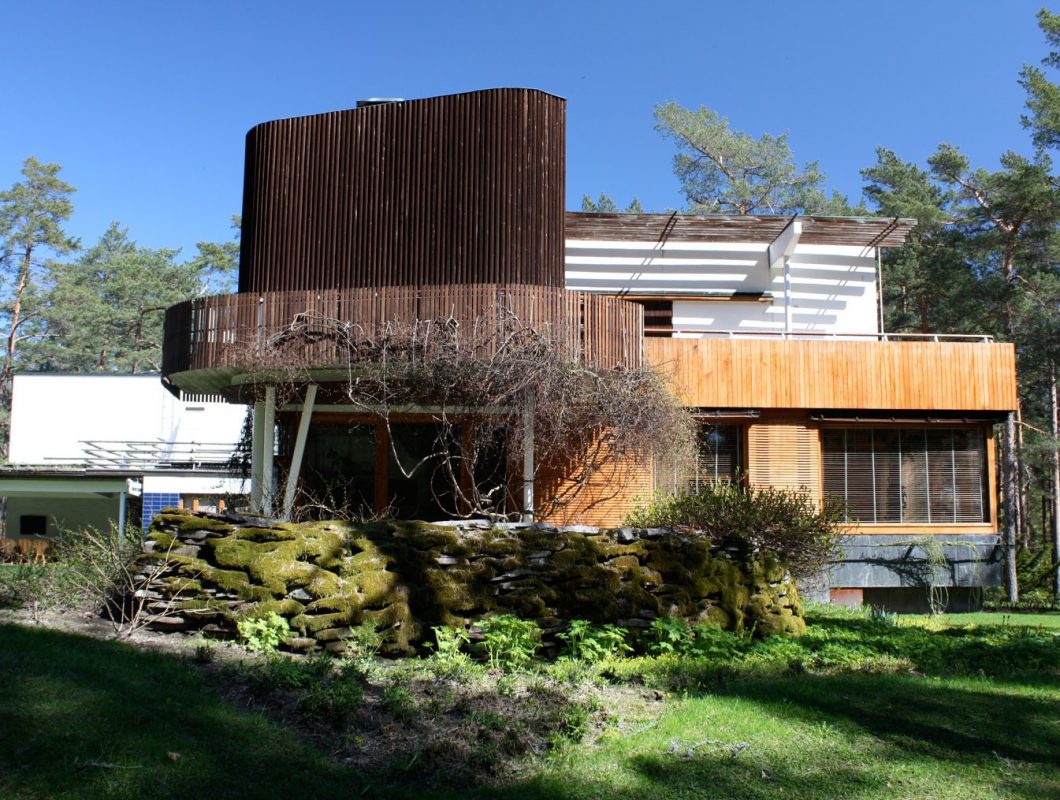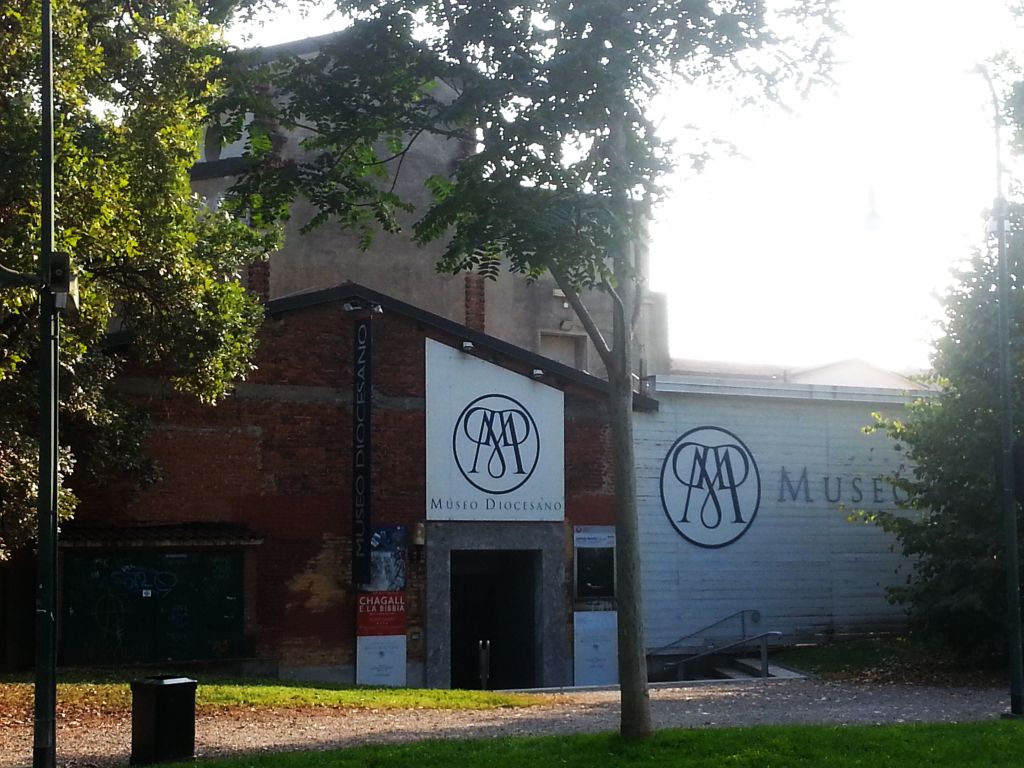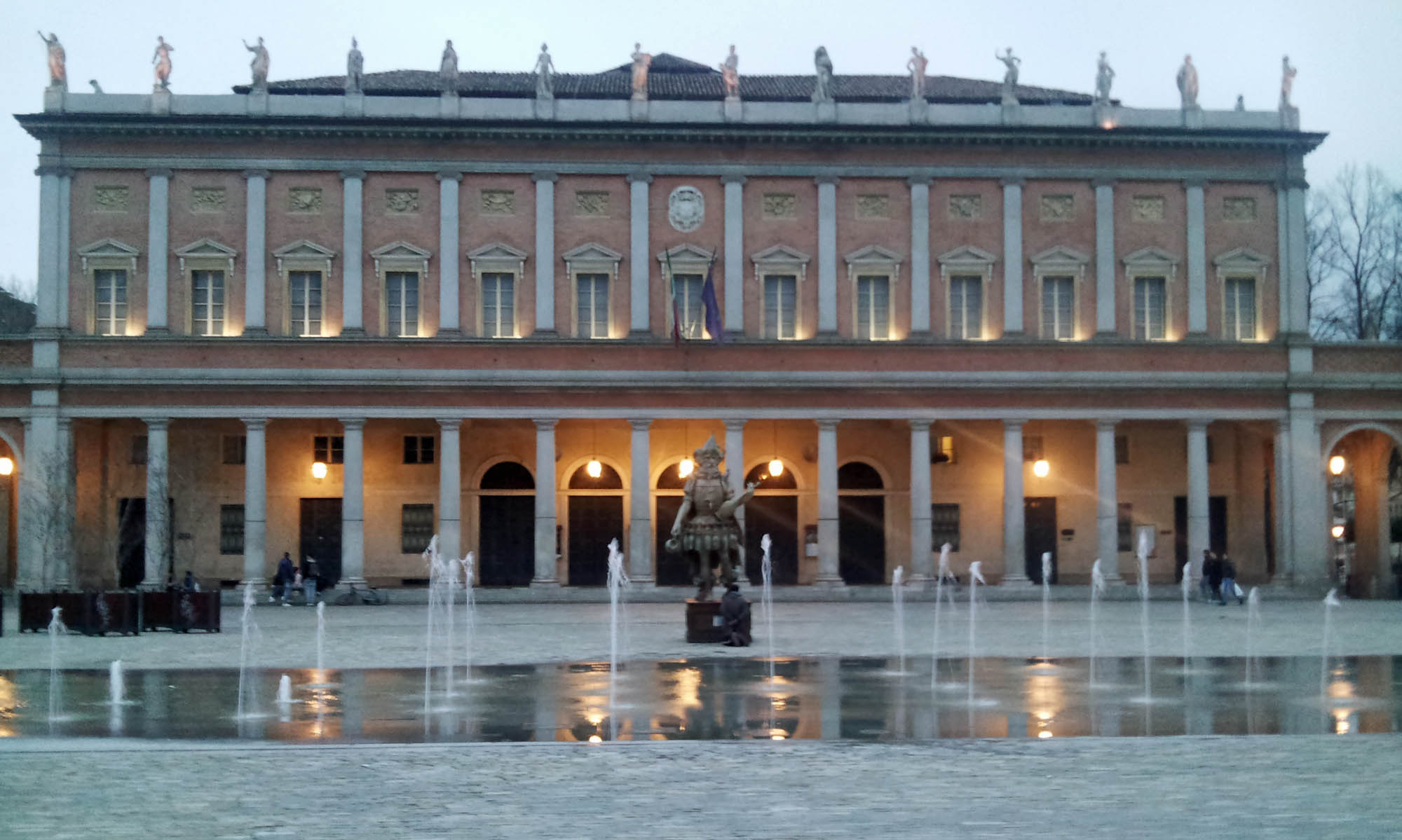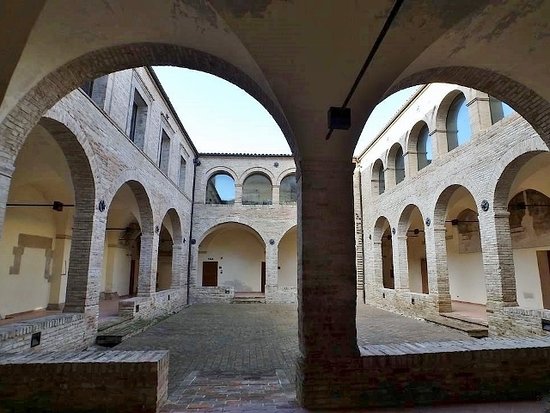Frank Gehry, FAIA, had always turned down commissions in Las Vegas, knowing that the city would inevitably turn his architecture into yet another theme. So when Larry Ruvo, a beverage entrepreneur, came calling, Gehry nearly turned him out. But Ruvo, a salesman on a crusade, won the architect over with the prospect of designing an Alzheimer’s research center in the emerging 61-acre Symphony Park, a development that aims to revitalize downtown Las Vegas, away from the lights of the Strip. The two made a deal. Gehry would design the building if Ruvo would stretch the research mandate to include Huntington’s disease, which Gehry has long championed. With Gehry signed on, Ruvo—who had lost his father, Lou, to Alzheimer’s—tried to enlist a research institution that would occupy and run the building. “I believe that with a great building, people will come,” Ruvo says. In 2009, two years after construction started, the Cleveland Clinic signed on.
Now commanding the edge of the emerging cultural campus is a distinctly Gehry building, draped and wrapped with a mountainous metal-clad skin, faced in shingled panels and punctured with a grid of windows. The voluminous structure—which serves as a revenue-generating event space as well as a space for patient programs—stands at the back of an orthogonal, four-story working structure that serves as a clinic, research center, and Ruvo’s nonprofit Keep Memory Alive foundation headquarters. And according to director Jeffrey Cummings, the center inspires its occupants: “When we go to work in a sculptural masterpiece, it has the effect of making you want to live up to the expectations established by the building.”
The composite 60,000-square-foot complex is basically composed of two radically different buildings joined by a partially clad steel trellis shading an outdoor patio. Guests and patients park in front of the clinic, with its clifflike façade of angled glass-and-stucco cubes that steps back at each story. A breezeway through the base of the clinic leads to its entrance and out to the courtyard and the activity center beyond.
Inside the clinic, Gehry took pains to create an environment that doesn’t evoke a medical setting. He ensured that all doors, frames, and furniture were built from rich, honey-colored Douglas fir.
